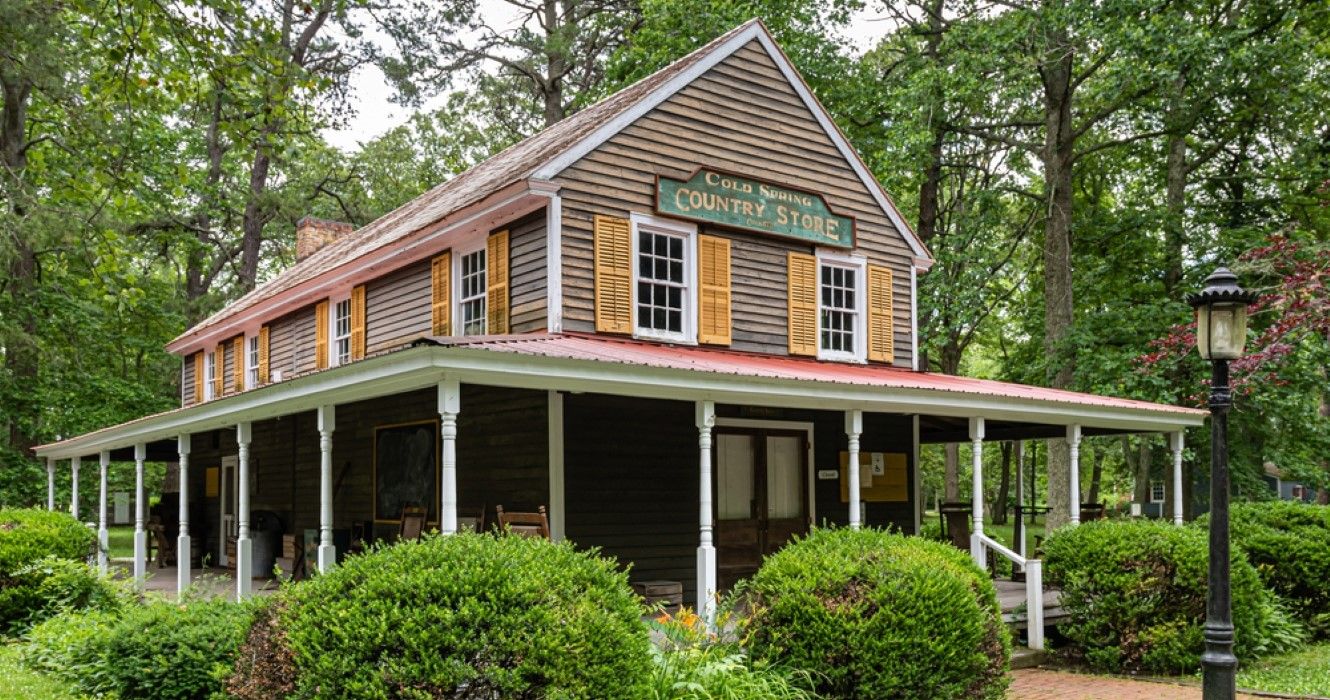Cape May Island is a year-round travel destination located at the southernmost tip of New Jersey State, along the North Atlantic Ocean coast. The island has the Historic Cold Spring Village (HCSV), a nonprofit educational institution that reenacts the daily lives of South Jersey villagers from the 1789 to 1840 period. Visitors to HCSV also learn intimately about the past and present era while touring the entire village. This is the perfect place for history buffs to visit.
Tours At Historic Cold Spring Village
HCSV has various activities and places that engage visitors of all ages in learning and fun.
School Education Programs
The school programs have field trips where students visit several historic buildings to learn how life was in the early 19th century for villagers. Visits simulate life in that century as students meet a potter, blacksmith, basket weaver, and school teacher. Also included is a visit to the wood shop, country store, and ice cream parlor. From May 17th to June 3rd, the HCSV opens exclusively for school and homeschool groups from Tuesday to Friday.
Included in the school programs are in-class or Zoom webinars presentations by an HCSV staffer that discuss the following topics:
- The First Frontier: Whaler Yeomen in Colonial New Jersey: This is a story of the first permanent European settlers and how the Eastern Seaboard was the pioneering American frontier.
- The Story of Old Glory: A narration of the origins and early history of the United States flag using a collection of reproduced historical flags from the 17th century through to the American Civil War.
- Among The Lenape: Visitors hear a story of a young, shipwrecked English boy who learns to adapt to the customs of the Lenape people who rescue and take him in.
- Native American Folkways: Here stories, traditions, and customs of Cape May County's original residents are taught.
- Travel and Transportation: The development of tourism and transportation discussion that made Cape May America's first seashore resort is done in this presentation.
- Past Versus Present: This presentation compares present objects with early American equivalents. For example, a torch is compared to the lantern and a digital camera to a daguerreotype (an ancient photographic process).
- Revisiting the Country Store: An Important Community Resource: This sheds light on the key role of a general store in rural American life as a source of goods, social center, and communications center.
- A Visit with Mehitable, Cape May’s Last Mitten Knitter: Visitors hear the story of Mehitable Vanaman Wade Simpson, a 19th-century Cape May County resident. She was among the last women there to raise sheep, shear wool, spin yarn and knit her mittens, a then popular craft with Philadelphia merchants.
- Fiber Arts in the Home: Visitors learn how early housewives and their daughters used fiber arts to spin, weave and quilt to make products like socks, and shawls that kept their families warm in the early 19th century.
-
- Hearth and Home: This presentation explores the domestic arts' role of an 1800s housewife and puts emphasis on how food was prepared and open heart cooking style.
- The Marshallville One-Room Schoolhouse Experience: The 1850 Marshallville Schoolhouse is available and free for teachers wishing to recreate for their students "School Day of the Past." An HCSV staff member can do the program for a fee.
The school education programs cost $10 for Cape May County schools' students and $12 for students from outside the county. A teacher or chaperone is admitted for free for every ten students visiting HCSV. These presentations are also done for non-student groups and are structured into 30 to 60-minute lectures.
Junior Apprenticeship Programs
The junior apprentice program educates students of ages 11 to 14 on life in the early to mid-1800s period. They learned architecture, trades, customs, crafts, and history from that period by working with the seasoned artisans there. Learning is done two days every week, and the apprentices wear the clothes of that period while working on adding realism. To be in this program, potential visitors can contact the HCSV team to get more details.
Sample 1800s Recipes
Visitors who fancy 19th-century cooking can try out various recipes from that era prepared as the food was then at HCSV. Ingredients used are sourced from the garden outside the kitchen door. Most cooking is done over an open fire using cast iron pans, and baked products have wooden flavor traces from the beehive oven. The foods cooked this way have a taste and flavor that cannot be recreated in modern grills or kitchens. Cooks at HCSV also rely purely on their senses to measure the ingredients and determine when the food is ready. The foods visitors can try out at HCSV are:
- Beef Stew
- Vegetable Beef Soup
- Indian Pudding
- Cold Cream of Lima Bean Soup
- Molasses Cookies
- Raisin Bread
Learn A Craft DIY
Children and adults who love recreational crafts can learn to make them at HCSV and these are:
- A Handkerchief Doll
- Corn Husk Doll
- Kite
- Baggage Carrier
What Else To Do At Historic Cold Spring Village
At HCSV, there are other things visitors can do like:
- Get Married
- Photo Shoots
- Sample (Non-Profit) Craft Beer at Cold Spring Brewery
- Ghost Walk
- Village Walking Tours
- Tour Ghoul Spring Village
- Farm Tours
For information on HCSV programs, events, and visits, contact John Ryan, the Chief Operating Officer, at jryan@hcsv.org or call +1(609) 898-2300. Visits to the HCSV buildings are from Thursday to Sunday, 11 am to 4 pm. The welcome center opens from Monday to Wednesday, 10 am to 4 pm. Visitors can learn about current events on the website or on Facebook. General admission tickets cost $12 for children under 13 years and $14 for adults, but other events are charged differently.

